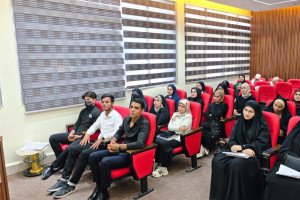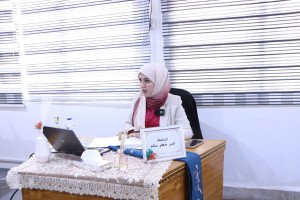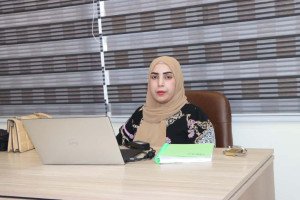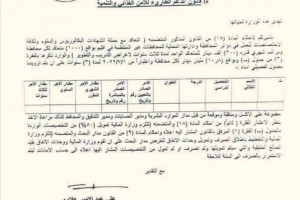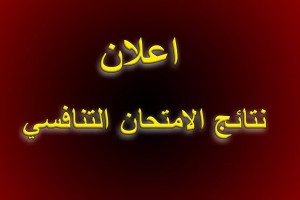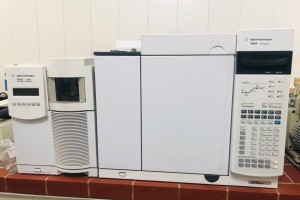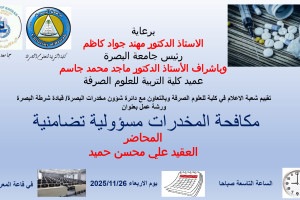
The College of Education for Pure Sciences, Department of Physics, organized a scientific lecture on "Measuring Uranium Concentrations in Soil Samples North of Basra Governorate and South of Maysan Governorate Using the CR-39 Detector." The lecture, presented by student Muslim Jassim Fa'il, included measuring the amount of uranium in soil samples collected from various oil, residential, and agricultural sectors in various areas north of Basra Governorate and south of Maysan Governorate, located in the far south of Iraq, using neutron activation technology. Soil samples were taken to a depth of 15 cm, and drying, purification, grinding, and screening processes were carried out in the laboratory of the College of Education for Pure Sciences at the University of Basra. At Ibn Al-Haytham College of Education for Pure Sciences, soil samples were exposed to radiation to obtain measurements of uranium content in soil samples using the CR-39 detector in (63) surface soil samples from selected sites (some of which, according to the researchers, were being measured for the first time). After conducting chemical etching on CR-39 solid state nuclear trace detectors, in addition to the artifacts, we were able to calculate uranium concentrations. The results were presented and compared with those of other studies. This article presents an assessment of uranium concentrations in the studied samples from the northern regions of Basra Governorate and the southern regions of Maysan Governorate. The current results show that the uranium content in the examined surface soil samples was below the recommended limit of 11.7 parts per million, set by the United Nations Scientific Committee on the Effects of Atomic Radiation
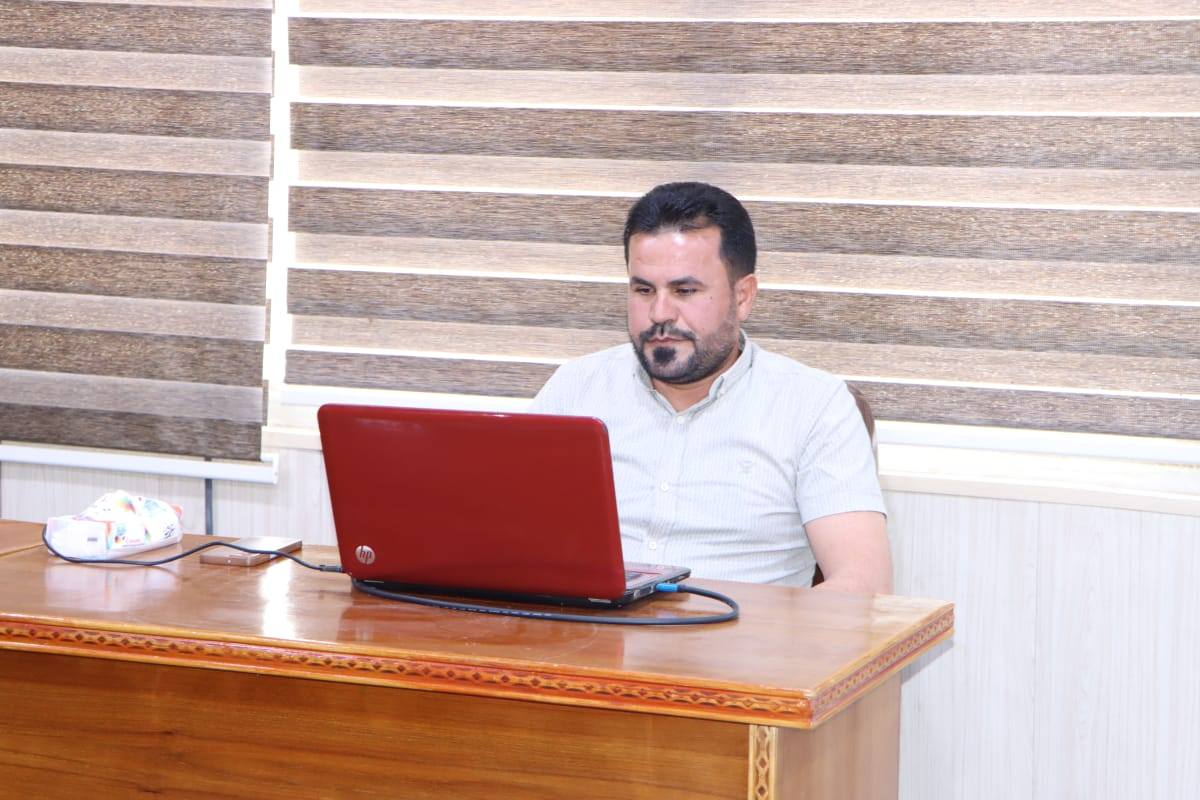 .
.

